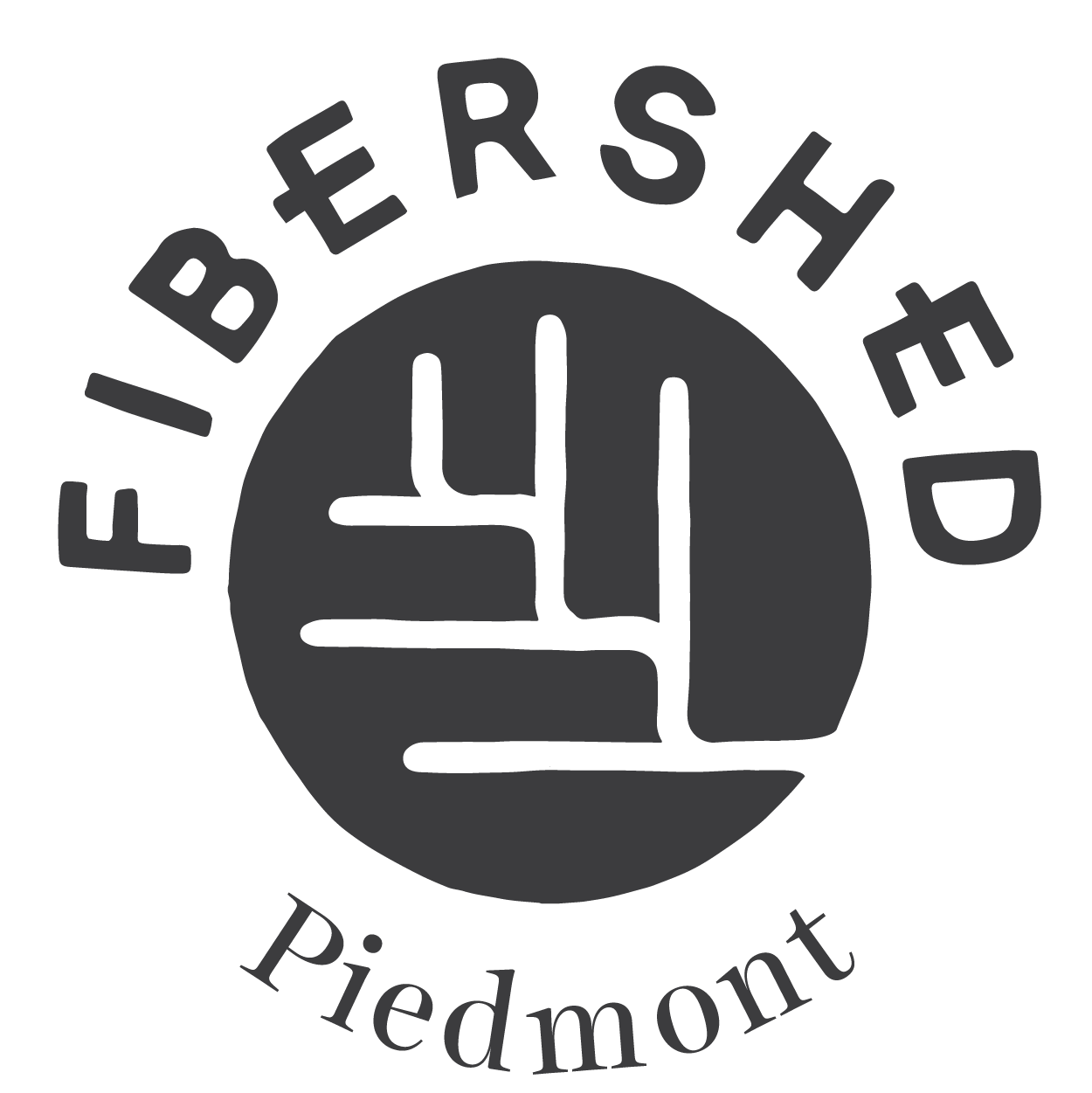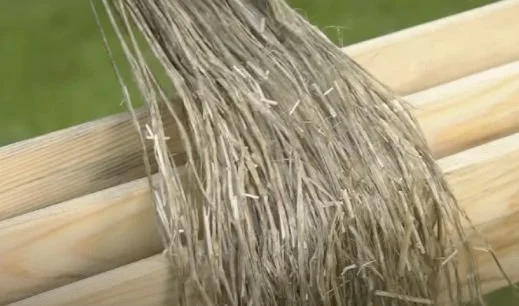How To Process Flax: Advice From PA Flax Project
In our previous article, How to Grow Flax: Advice From Farmers, we explored the process of growing flax from selecting seed to retting flax in the field. Once the flax is baled and stored after retting, it’s ready for processing. The term processing refers to the three primary steps that are needed to make spinnable fiber from the retted flax. These three steps are breaking, scutching, and hackling.
To better understand flax fiber processing I interviewed Heidi Barr, Director of the Pennsylvania Flax Project. PA Flax Project’s mission is to re-establish the flax fiber industry from seed to scutched fiber in Pennsylvania and surrounding states. They’re establishing a cooperative of fiber flax farmers and have the ultimate goal of bringing 4,000 acres/year of flax into production.
In 2027, PA Flax Project aims to open a scutching mill. Heidi has had the pleasure of visiting flax processing facilities in Belgium and France and was able to share more about what she witnessed at the industrial scale.
Breaking
Photo Credit: Spindles in the Wild
The flax stem is composed of three components: the “skin” (outer protective layer), the fiber bundles (located just on the inside of the skin), and the shive (woody core at the center of the flax stem). The goal of processing is to separate the long fibers in the stem from the shive and to organize and orient the fibers. In breaking, pressure is repeatedly applied to a bundle of flax to break the skin and the shive away from the fiber. Shive and dust will fall to the ground, to be collected and sold as secondary products. At the small scale, breaking is done by hand using a tool called a brake. You can head to the Spindles in the Wild website to learn how to build a brake for home use.
To use the break, lay a bundle of flax perpendicular to the slots and open and close the brake with force. Every time the break “chops” the flax, pull the flax downward so that a new section of the flax stems are broken. When you’ve broken as much exposed fiber as you can on one side, grab the flax bundle at the opposite end and finish the section that’s unbroken.
Photo Credit: Building a Flax Brake Youtube Video
At the industrial scale, breaking takes place a bit differently. The flax is passed through an opener and a spreader before going into a machine that contains multiple rollers. The rollers press against each other, and the flax passes in between multiple times. The result of breaking is flax bundles with largely exposed fiber with bits of shive interspersed.
Scutching
To further remove shive, organize the fibers, and soften the fibers, scutching takes place next. To perform scutching at the small scale, you’ll need a scutching board and a scutching sword/knife. Holding the bundle of flax in front of the scutching board, you’ll strike the flax against the board with the scutching sword and scrape downwards in a sweeping motion.
Scutching knife. Photo Credit: Carving a Scutching Knife Youtube Video
At the industrial scale, the flax is passed through large scutching drums that contain multiple scutching paddles. During scutching, the shorter fibers, known as tow, will fall while the longer fibers remain in the bundle. Tow fibers are collected for sale as a secondary product. The long fibers proceed to the final step, hackling.
Hackling
The hackling process is essentially combing of the fibers in order to further separate tow fibers and orient the long fibers to prepare them for spinning. To hackle at the small scale, a hackle tool can be constructed by hammering nails through the backside of a wood board. Typically, 2-3 hackling stations are created of varying fineness. A board with large, widely spaced nails will be used first followed by boards with smaller, closely placed nails. You’ll “comb” the fibers by whipping the flax bundle across the hackle and pulling it through. As with scutching, you’ll hackle one side and then flip the flax bundle to hold it at the opposite end, making sure all the fibers get combed.
Flax hackles. Photo Credit: Making the Hackle Youtube Video
At the industrial scale, hackling usually happens at the spinning house rather than at the scutching mill. This is so that spinners can maintain a higher level of quality control over the spinnable fiber.
Tow fibers accumulate in the hackle and are placed aside for secondary use. The resulting long, hackled fiber is smooth to the touch and looks a lot like a horse’s tail. The hackled fiber will go on to be spun into yarn, and then scoured to remove naturally occurring waxes and residues that could impede the dyeing and finishing process.
Sustainability
Heidi noted that the most remarkable aspects of flax processing are that no chemicals are used in processing and that no parts of the flax plant are wasted. Shive is typically used for gardening mulch and horse bedding. Dust from the shive is often used for biocomposites or fire starters. Tow is often used to make rope or is blended with cotton for short-staple fiber spinning. The processing itself is fully mechanical, relying on physical force rather than chemical intervention. As such, flax production is highly sustainable!




